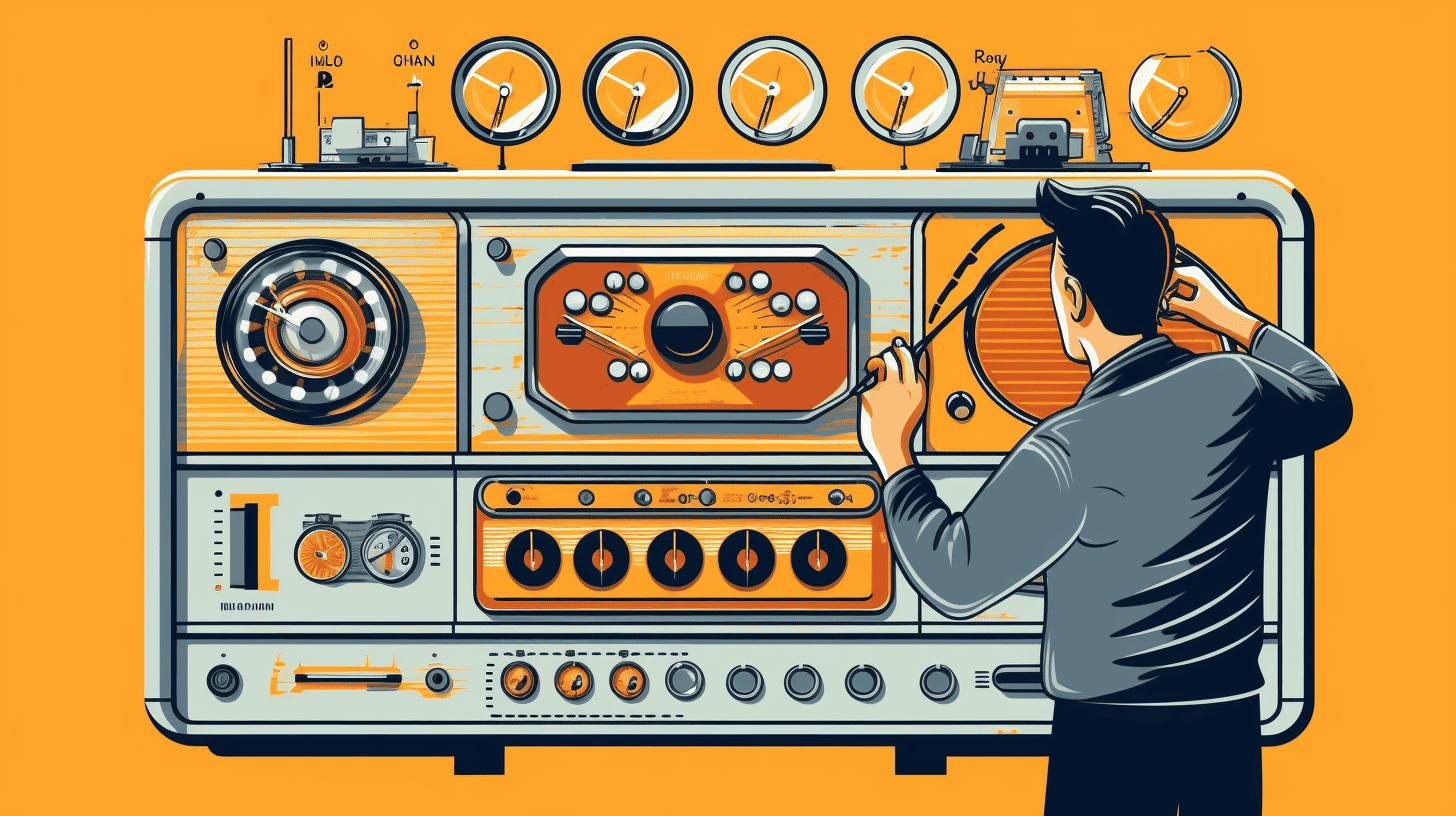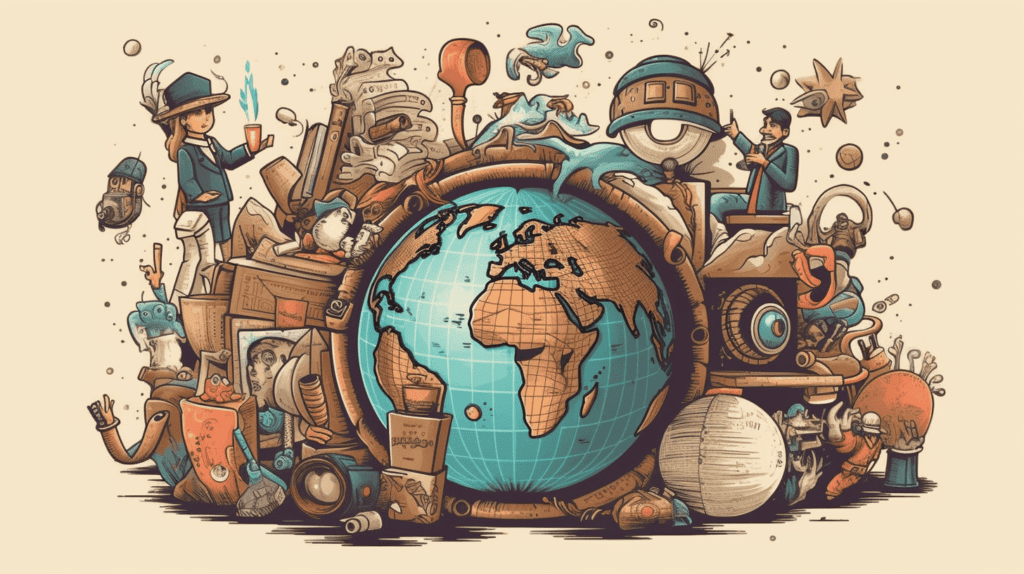Consider this scenario: You’re set for an evening soiree. You’ve chosen your most dapper tuxedo or your eye-catching little black dress. You’re prepared to dazzle with your polished social graces and well-rehearsed dance steps. But then, you walk into a Star Wars-themed costume gala. Suddenly, your sophisticated ensemble and refined moves feel exceedingly out of sync.
That, my friends, is an instant lesson in the consequences of disregarding localization strategy.
Localization is the art and science of tailoring your message to reverberate profoundly with a specific audience. It involves understanding their cultural backdrop, customs, and anticipations. It’s about ensuring your brand’s “attire” and “choreography” align with the “global market celebration” you’re attending.
Why Localization is Important

Recall that sense of dissonance when you sauntered into a Star Wars-themed gathering in your sophisticated attire. That’s similar to the predicament your brand encounters when it plunges into a new market without localizing its content. Sure, you might be speaking the correct language, technically. Still, you remain akin to a Wookie in a tuxedo – incongruous, challenging to comprehend, and failing to blend with the surrounding Ewoks and Stormtroopers.
Proper localization strategy is tantamount to wearing the appropriate costume for the party. It ensures your brand goes beyond merely speaking the language to grasping the pop culture allusions, societal norms, and party themes. It’s about assimilation, forging connections, and ultimately, gaining trust.
So, why is content localization as significant as the perfect ensemble for a party?

Consider this. When you localize your content, you’re communicating to your audience, “Hey, I comprehend you. I get your context, your sense of humor, your principles.” Now, that’s potent. It’s the bridge that links your brand to your audience, fostering trust and building relationships. It can give you a huge competitive edge.
Prime Markets for Localization
We’re considering global parties here – Spanish fiestas, Russian banquets, Portuguese festas, Arabic celebrations, and Chinese festivals. Apart from its own language, each target market carries its unique themes, traditions, and costumes.
In the same vein, each new market has its unique digital content consumption habits, user preferences, and price points.
If you desire your brand to be the showstopper in these markets, localization is your all-access pass.
Distinct Cultural Nuances
Localization efforts are your roadmap to deciphering these differences. It helps you grasp that in some cultures, humor is a dialect in its own right, while in others, it may be perceived as unprofessional. It guides you on when to maintain formality when to be amiable, and when to employ puns.
The Significance of Specialized Localization Services
However, here’s the catch. Proper localization isn’t a DIY project you can undertake over a weekend. It’s a distinct specialization. That’s where we step in. At Frontways, we’re the couturiers of the localization universe. We guarantee that your brand always has the right attire, the right steps, and the right lingo, regardless of the party theme.
So, are you prepared to make your brand the life of the party of the international markets? Let’s plunge further into the realm of global presence and market expansion.
Time Machine: The Evolution of Localization

Fasten your seatbelts. We’re about to embark on a journey tracing the lineage of localization. That’s right. We’re taking a leaf out of Back to the Future’s book (sadly, minus the DeLorean) to comprehend how localization has morphed over the ages.
The 80s: The Dawn of Localization
In the ’80s, localization was akin to a wallflower at a shindig. It was in its nascent stages, coinciding with the software development boom and the necessity to tailor software to diverse languages and cultures. Think of it as the Pac-Man era – simplistic, pixelated, yet groundbreaking.
The 90s and Early 2000s: The Maturation Phase
Zoom into the ’90s and early 2000s, and you’d find localization coming into its own. With the internet boom and the surge of global businesses, it transitioned from being a luxury to a necessity. This was when localization was doing its version of the Macarena, getting its bearings on the foreign markets.
The 2010s: The Social Media Revolution
Fast-forward to the 2010s and localization had to pick up new dance moves with the onslaught of social media. Suddenly, there were new platforms, new audiences, and new cultural quirks to consider. It was like picking up Gangnam Style right after mastering the Macarena – somewhat challenging, but undoubtedly exciting!
Today: Localization in the AI Era
As of now, localization is doing the floss, swaying to the rhythm of AI and machine learning. It’s about harnessing technology to comprehend and cater to diverse audiences more effectively. It’s about utilizing data to customize your message, ensuring it resonates with the right audience.
And what does the future hold? That’s where you step in. With the appropriate tools, understanding, and a little support from your pals at Frontways, you can mold the future of localization for your brand.
Localization FAQs: Your Biggest Questions Answered

With our time travel done, let’s delve into some of the most asked queries about international success.
1. Why is localization more important than globalization?
Think of localization as donning local attire when exploring a new city, while globalization is akin to wearing your everyday attire everywhere. You could do it, but you’d stand out and fail to experience the city as a local does. Localization allows you to tweak your content to suit each specific audience, enhancing its relevance and impact.
2. What’s the advantage of localized content?
Imagine being at a soiree where every attendee speaks a different language. Would you opt for a generic speech or a translator who aids you in interacting with each guest individually? That’s the potency of localization. It boosts engagement, bolsters customer loyalty, and in the end, ramps up sales.
3. Why is localization the best strategy for my business?
Unless your business strategy includes distancing potential customers, localization is a no-brainer. It’s the ticket to engaging with global audiences on a more intimate level, enriching their experience, and fostering enduring relationships.
4. What challenges might I face during localization?
Sure, localization can be as demanding as attempting to put on a fitted sheet single-handedly. But with the appropriate translation management system tools and expertise, it’s achievable.
Challenges may encompass native language subtleties, cultural variances, and maintaining brand consistency. That’s where expert localization services (like Frontways, wink wink) come into play.
5. How do I get started with localization?
Just as you wouldn’t scale a mountain unprepared, you shouldn’t plunge into localization without a strategy. Pinpoint your target markets, delve into their culture and language subtleties, and select the right tools. Or, you know, you could sidestep the hassle and let the professionals at Frontways manage it for you.
And there we have it. Localization decoded. So, who’s pumped to take on the world, one market at a time?

